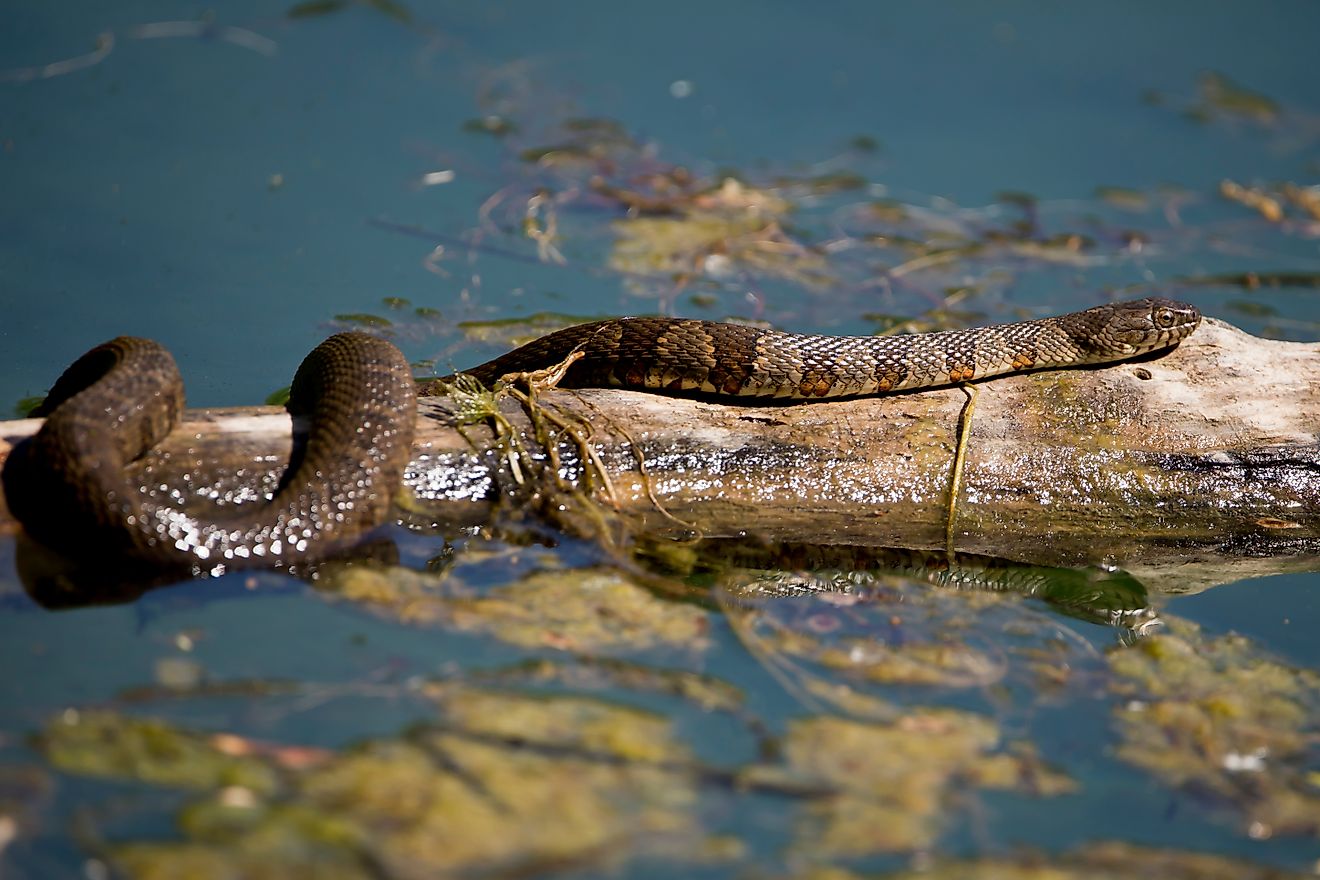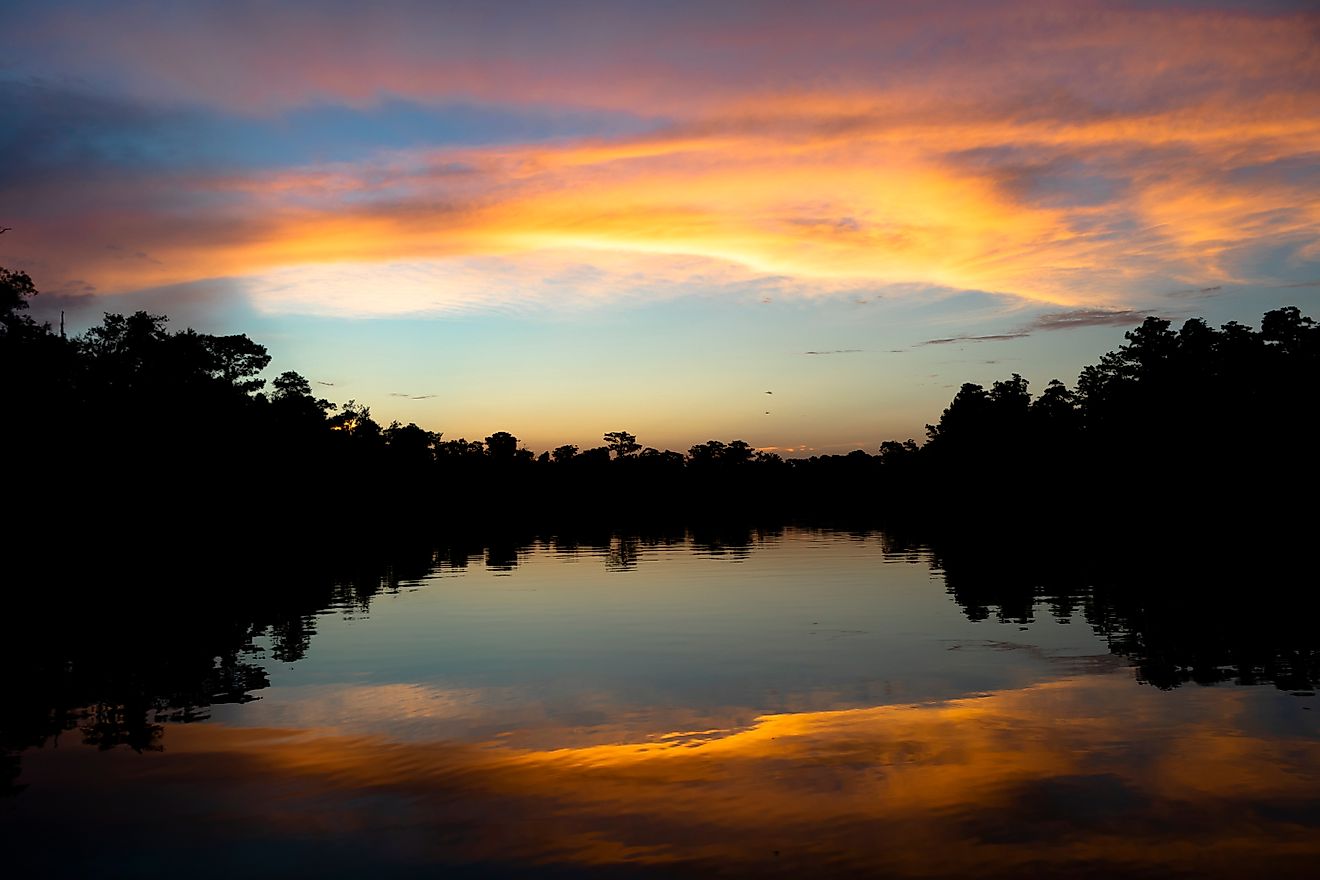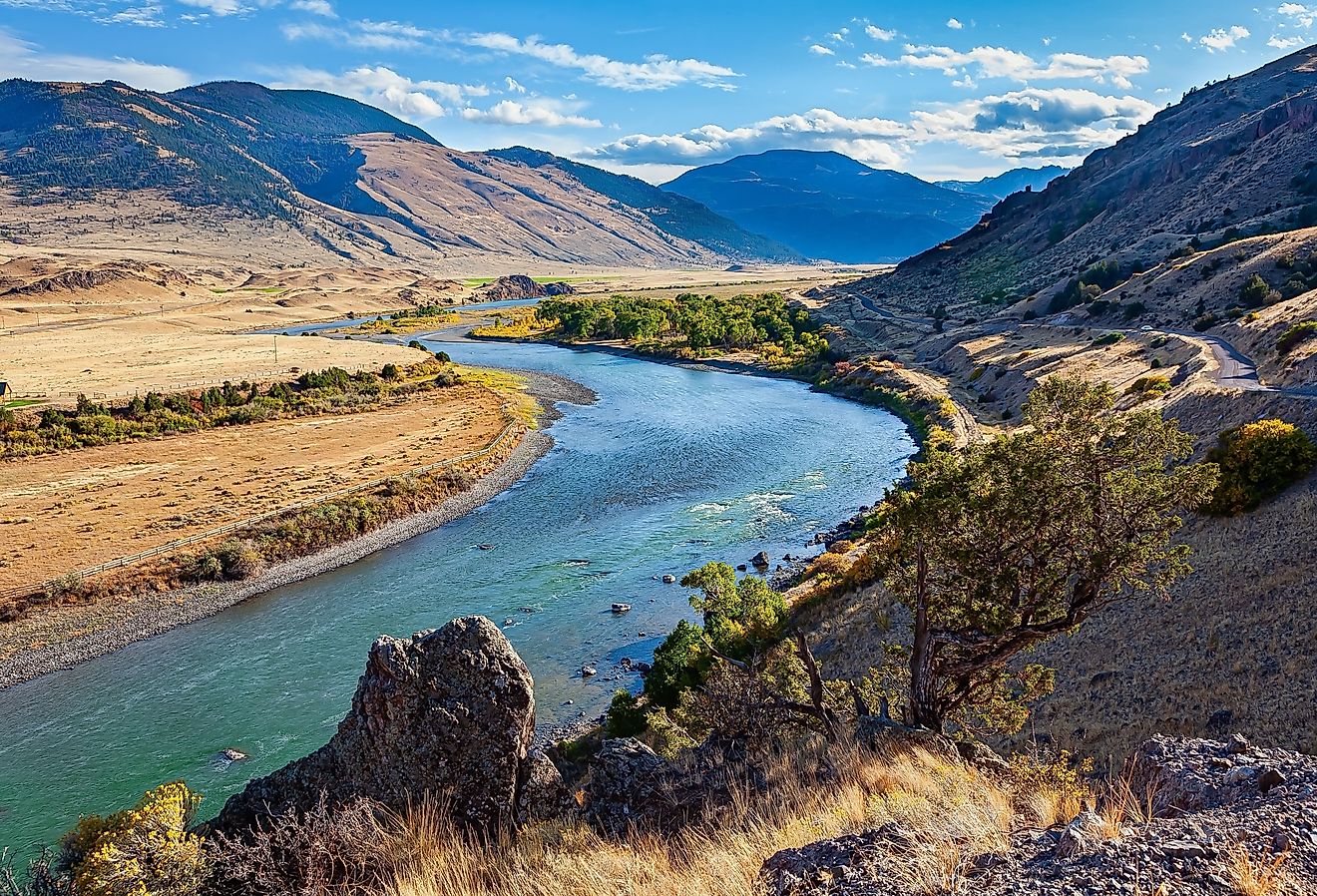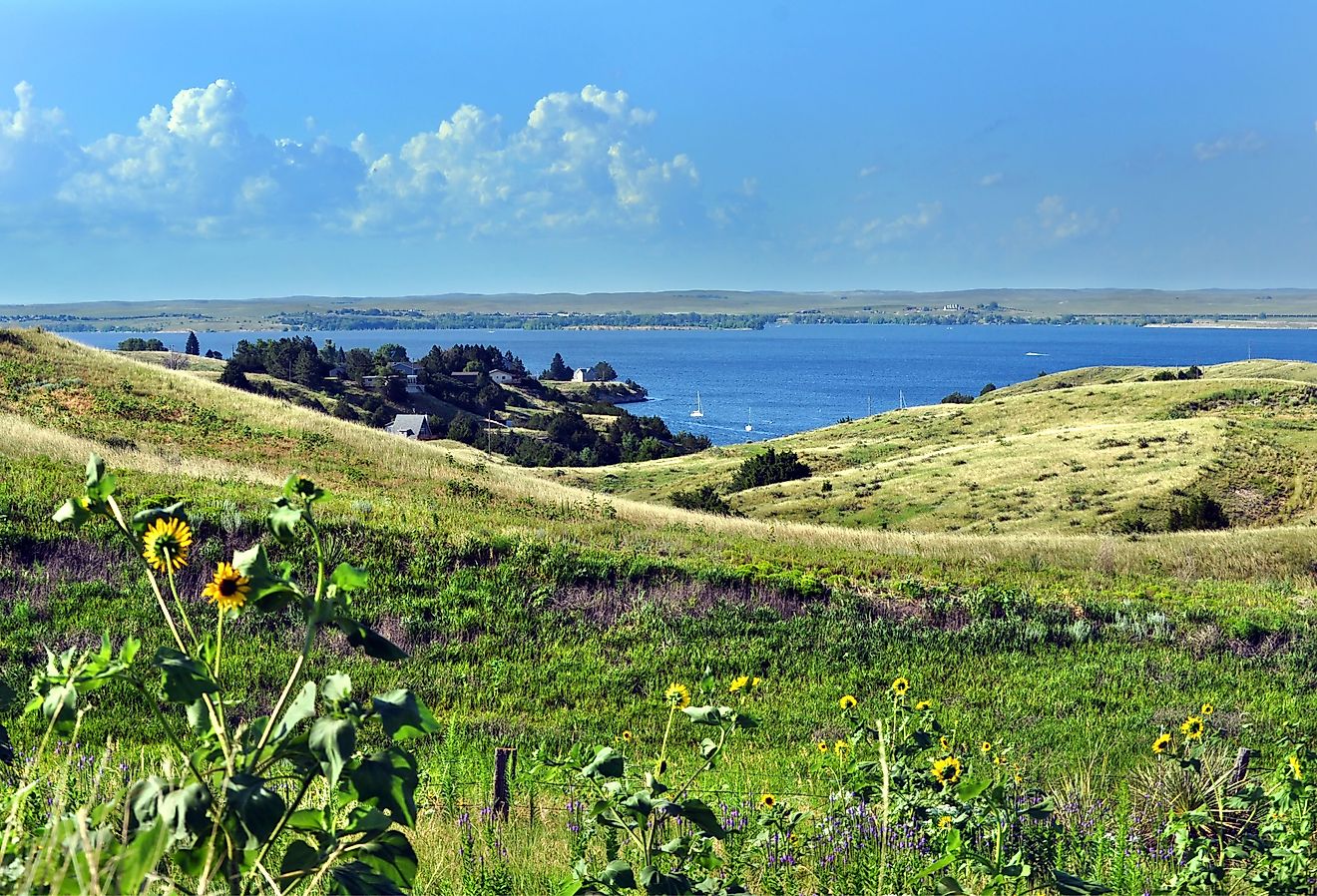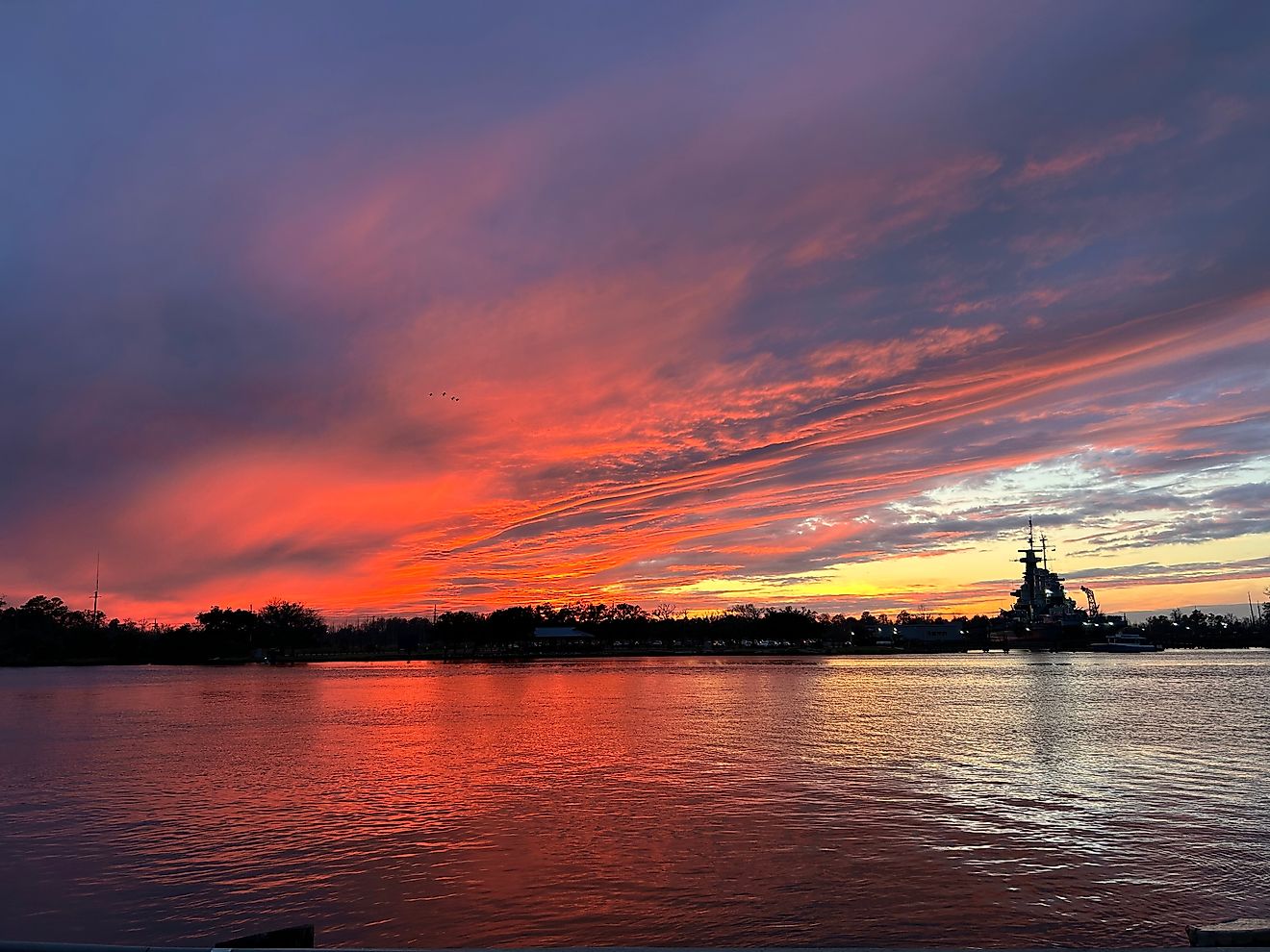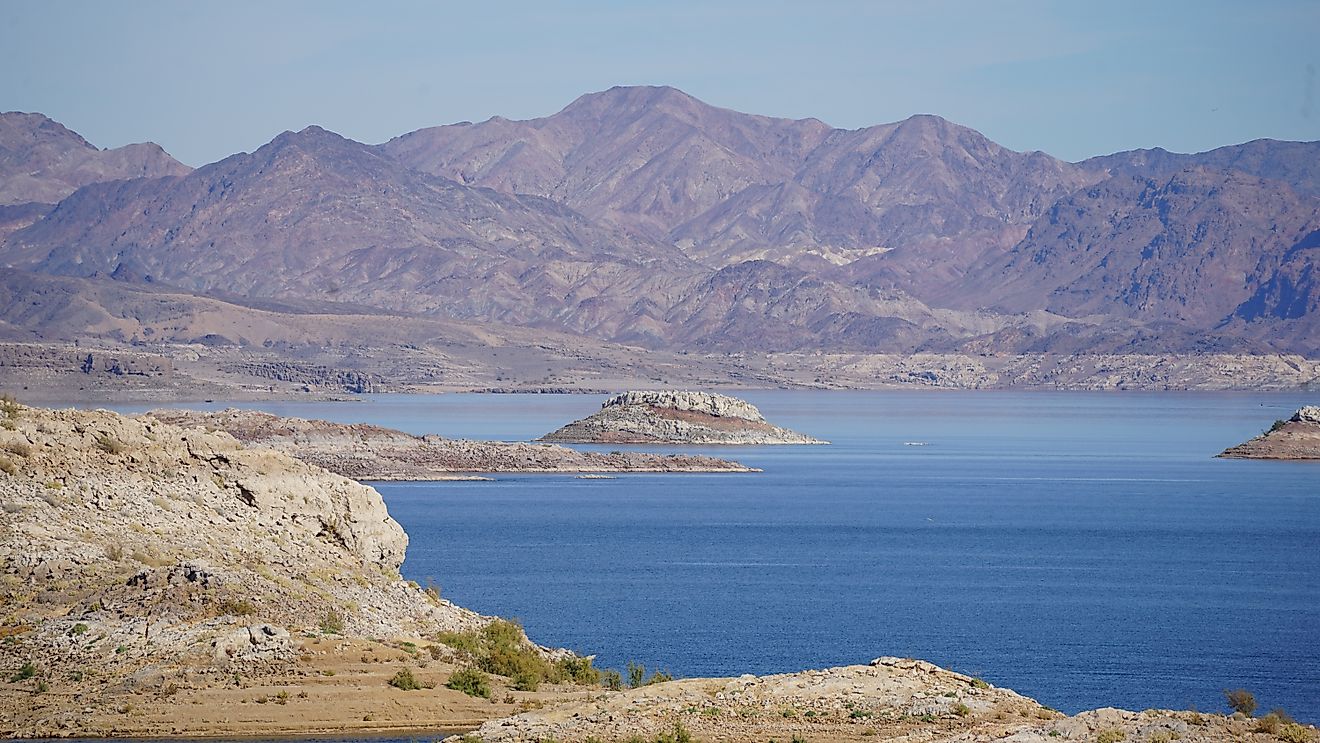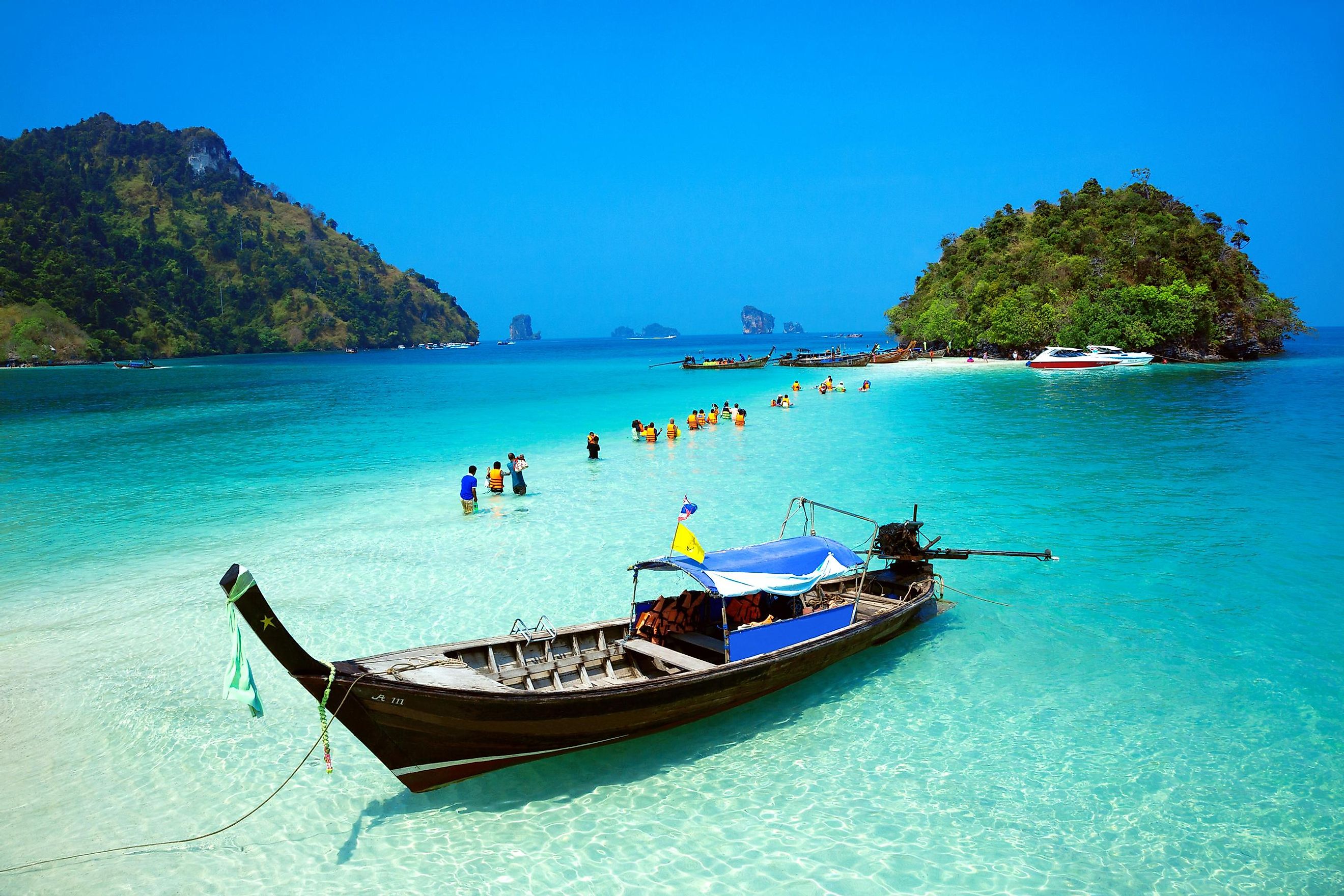
Andaman Sea
A sanctuary for vital coral reefs, the Andaman Sea is one of the many jewels found in the Indian Ocean. The name dates back to the 13th century after explorers coined it in Late Middle Chinese, and the meaning is potentially "Elephant River." In the past, this sea was also often called the "Burma Sea," but 20th-century politics related to the Union of Myanmar forced the change. The region has always depended on its strategic location for trade. However, natural disasters like earthquakes and tsunamis do occur. Countless millions of people live and depend on the Andaman Sea, and with proper conservation efforts, the area's future will continue to be prosperous.
Location And Geography
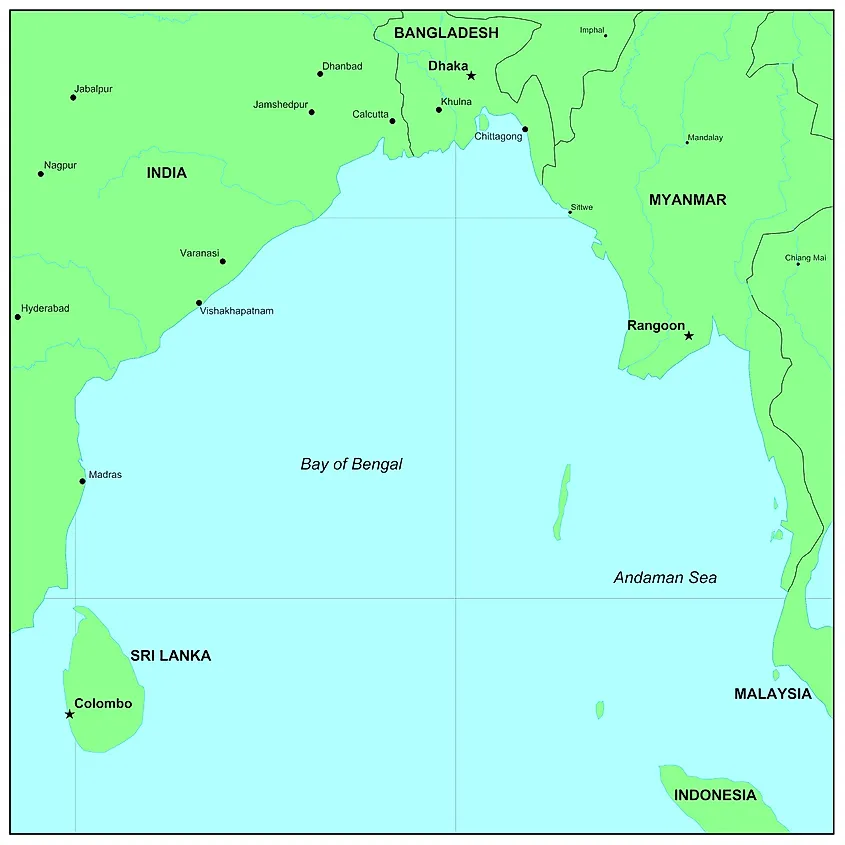
The Andaman Sea is a semi-enclosed marginal sea in the northeastern Indian Ocean. It lies between the eastern coast of India and the Malay Peninsula, with Myanmar to the north and the Indonesian island of Sumatra to the south. The Bay of Bengal bounds the Andaman Sea to the west and the Strait of Malacca to the east. The sea, covering an area of approximately 307,994 mi², extends about 750 miles in length and 400 miles in width.
Furthermore, the Andaman Sea is a complex geological region with a tectonically active plate boundary. It is part of the larger Sunda Plate, which the Indian Plate borders to the northwest and the Australian Plate to the southeast. The ongoing tectonic convergence between these plates has resulted in the formation of the Andaman Basin, characterized by undersea ridges, trenches, and faults. The most prominent geological feature in the region is the Andaman Trench, which is formed by the subduction of the Indian Plate beneath the Eurasian Plate. This tectonic activity has given rise to numerous earthquakes and volcanic eruptions in the region, making the Andaman Sea seismically active.
Oceanography and Climate
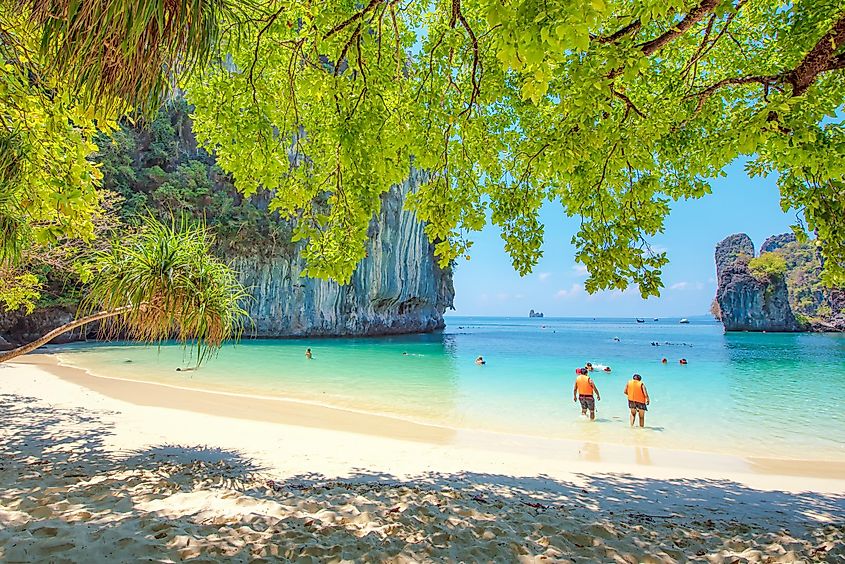
The Andaman Sea has a complex oceanographic environment characterized by strong monsoonal patterns, currents, and upwelling. The climate of the Andaman Sea is tropical, with two distinct seasons: the southwest monsoon (May-September) and the northeast monsoon (November-February). The southwest monsoon brings heavy rainfall and strong winds, while the northeast monsoon is generally characterized by calmer and drier conditions. The monsoonal regime influences the sea's currents, which shift direction seasonally, impacting the distribution of nutrients and marine life.
The sea's surface temperature ranges between 78 and 85 degrees Fahrenheit, while its salinity varies between 30 and 34 PSU (practical salinity units) depending on the season and proximity to riverine inputs. The sea is relatively shallow, with an average depth of about 3,596 feet, although its deepest point reaches over 13,773 feet in the Andaman Trench.
Marine Ecosystems and Biodiversity
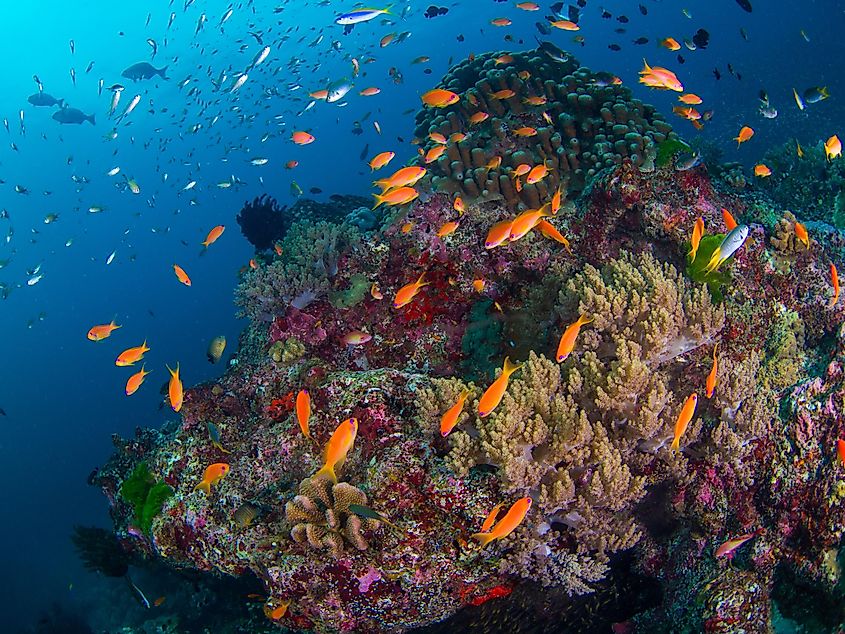
The Andaman Sea is a biologically diverse and productive region, supporting a wide array of marine habitats and species. It is home to extensive coral reef systems, seagrass meadows, and mangrove forests, which provide critical habitats for a multitude of marine organisms. The sea is part of the Coral Triangle, an area recognized for its exceptional coral biodiversity and high species richness. The region hosts over 500 species of coral, several hundreds of fish species, and numerous marine mammals, including whales, dolphins, and dugongs. However, it should be noted that the surface and bottom layers of the sea lack significant marine life, but there are considerable tin deposits.
The Andaman Sea is also an important site for migratory birds, with several key stopover locations along the East Asian-Australasian Flyway. The sea's coastal ecosystems, including mudflats and mangrove forests, provide crucial feeding and breeding grounds for threatened shorebird species such as the Spoon-billed Sandpiper and the Asian Dowitcher.
Human Activities And Impacts
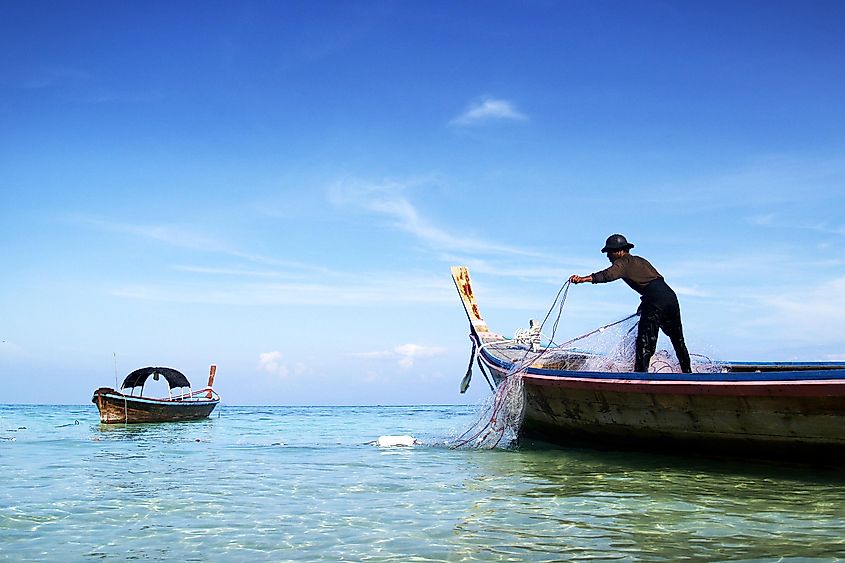
The Andaman Sea is a region of significant human activity, with fishing, tourism, and maritime trade playing crucial roles in the local economy. Fishing in the Andaman Sea is a major source of livelihood for many coastal communities, with small-scale fisheries dominating the sector. However, overfishing and unsustainable fishing practices have led to declines in fish stocks and damage to marine ecosystems.
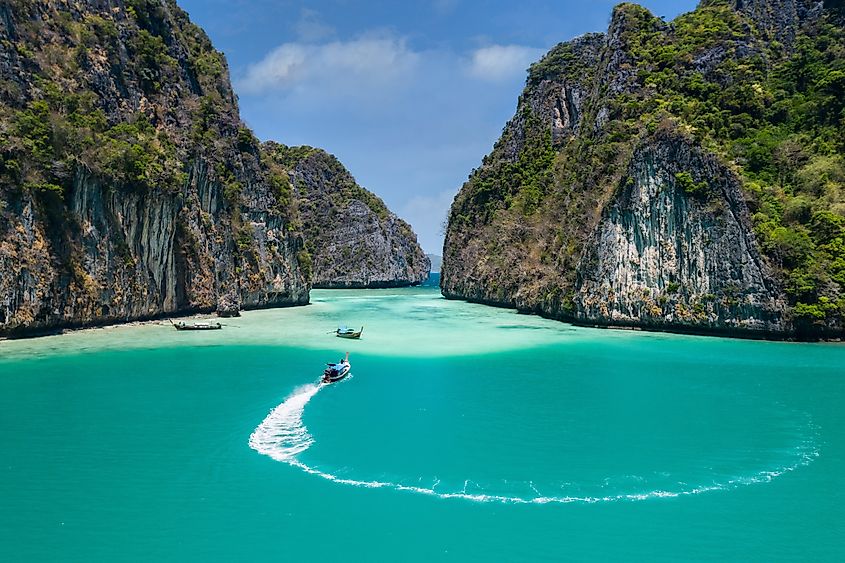
Tourism is a key industry in the region, with the Andaman Sea's pristine beaches, clear waters, and vibrant coral reefs attracting millions of visitors annually. Popular destinations include the Thai islands of Phuket, Krabi, and the Phi Phi Islands, as well as the Andaman and Nicobar Islands of India. While tourism provides economic benefits, it has also led to environmental degradation, including coral reef damage from recreational activities, coastal development, and pollution from wastewater and solid waste.
Maritime trade is another significant human activity in the Andaman Sea, with the Strait of Malacca being one of the busiest and most strategically important shipping lanes in the world. Increased shipping traffic has raised concerns about marine pollution, habitat degradation, and the risk of ship-grounding incidents, which could result in devastating impacts on the region's sensitive marine ecosystems.
Conservation Efforts And Challenges
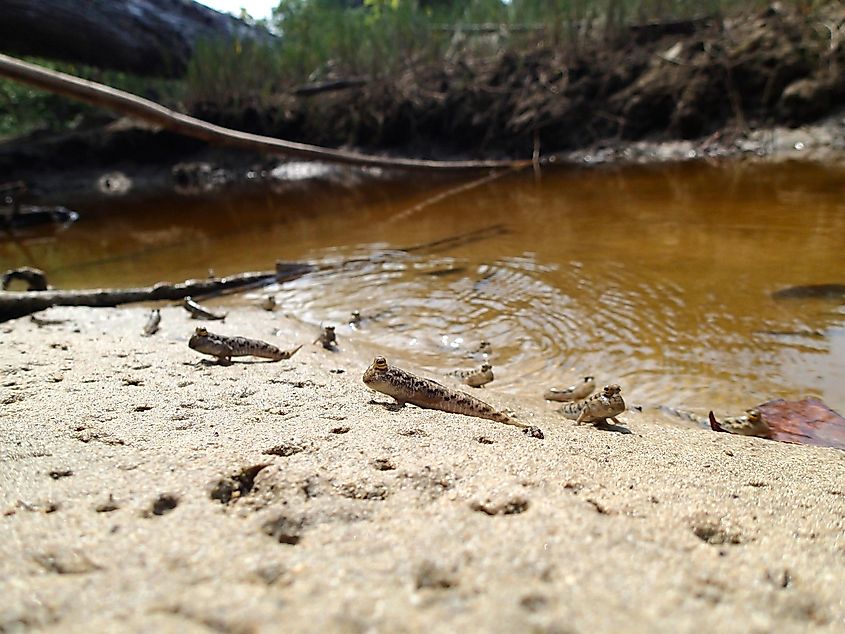
The Andaman Sea's unique biodiversity and ecosystems have led to various conservation efforts to protect and preserve the region's natural resources. Several marine protected areas (MPAs) have been established in the Andaman Sea, including the Similan and Surin Islands in Thailand and the Mahatma Gandhi Marine National Park in the Andaman and Nicobar Islands. These MPAs aim to conserve critical habitats and species, as well as promote sustainable tourism and resource use.
However, the effectiveness of these MPAs has been challenged by issues such as inadequate enforcement, lack of resources, and competing interests between conservation and economic development. Additionally, the transboundary nature of the Andaman Sea's ecosystems highlights the need for regional cooperation and coordination to address shared challenges, such as illegal fishing, habitat degradation, and pollution.
Climate Change Impacts And Adaptation
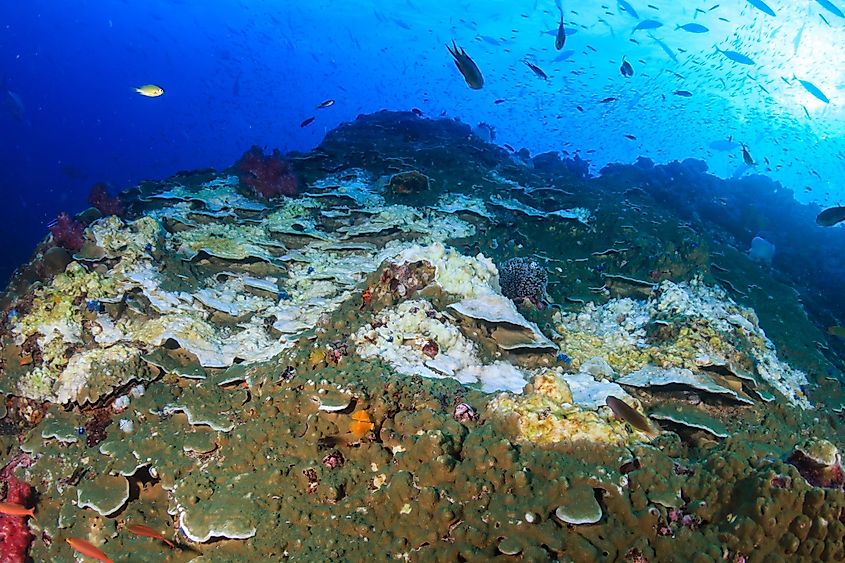
The Andaman Sea, like many other marine regions, is vulnerable to the impacts of climate change. Rising sea temperatures have led to coral bleaching events, significantly declining coral cover and biodiversity. Ocean acidification, a consequence of increasing atmospheric CO2 levels, also threatens the health and resilience of coral reefs and other marine organisms.
Sea-level rise poses a risk to the Andaman Sea's low-lying coastal areas, particularly in the Andaman and Nicobar Islands, where it could lead to increased coastal erosion, saltwater intrusion into freshwater resources, and habitat loss. Regional adaptation measures are needed to solve these issues feasibly, such as promoting ecosystem-based approaches to coastal management, enhancing disaster risk reduction strategies, and fostering climate-resilient livelihoods for local communities.
The Andaman Sea is home to many ecosystems, including coral reefs, seagrass meadows, and mangrove forests, which support countless species and provide critical habitats. Human activities, such as fishing, tourism, and maritime trade, significantly impact the area's environment, posing challenges to conservation efforts. Climate change exacerbates these challenges, with rising temperatures, ocean acidification, and sea-level rise threatening the Andaman Sea's ecosystems and the communities that rely on them. The world is always changing, but it is certainly in human hands to create the best future possible, and places like the Andaman Sea must be a part of those initiatives, given that countless people rely on them.
